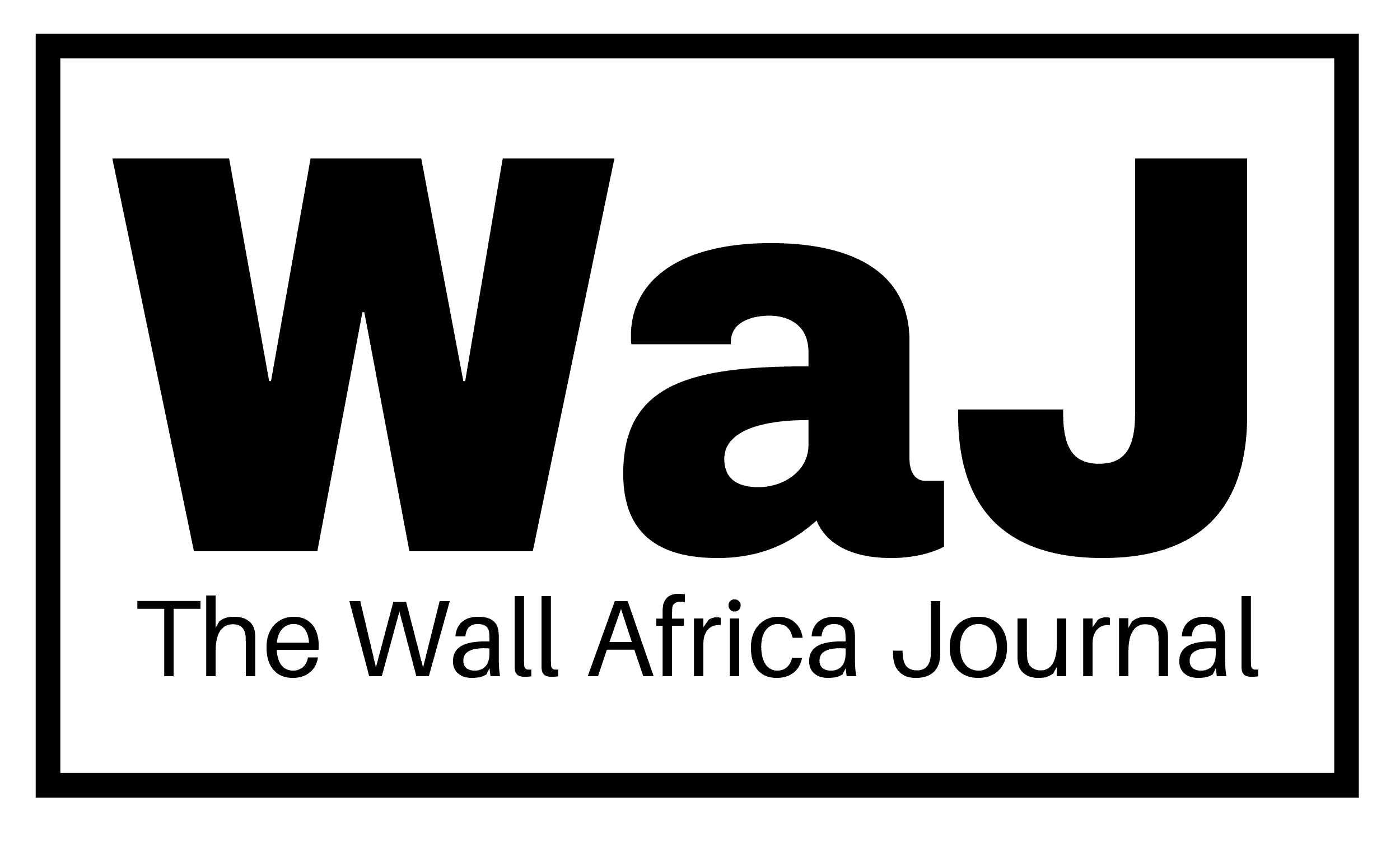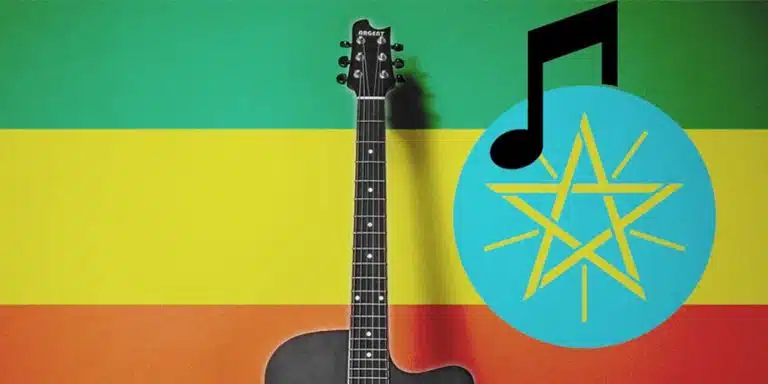Ethiopian music may be rich in heritage and creativity, but for decades, artists have struggled to reach audiences beyond their borders. Now, a new European Union-backed initiative is offering hope—and a potential turning point—for musicians eager to share their work with the world.
Veteran composer and music arranger Dawit Yifru, widely regarded as one of the most influential figures in Ethiopia’s modern music scene, says the industry has been creatively vibrant but internationally isolated.
“Our talent is undeniable,” Dawit said, “but the world rarely hears it. The problem isn’t the art—it’s the access.”
Despite a prolific career spanning hundreds of compositions and collaborations with iconic bands such as Roha and Dahlak, Dawit believes systemic barriers have long prevented Ethiopian musicians from gaining global recognition. He now serves as president of the Ethiopian Musicians Association, where he advocates for broader support structures for the country’s artists.
Traditionally, exposure to foreign audiences has come through limited cultural missions or diaspora-organized events during major holidays. While appreciated, these efforts have remained too few and far between to create sustained momentum.
But a fresh opportunity is now on the horizon.
A Creative Partnership Across Continents
The European Union has launched a new €30 million cultural exchange program aimed at fostering collaboration between African and European artists. Managed in part by the Goethe-Institut, Expertise France, and the Institut français, the initiative is part of the EU’s broader vision to strengthen Africa-Europe cultural ties.
This project will provide direct funding to artists, musicians, and cultural organizations through open calls for proposals. Ethiopia is among the countries eligible to apply, according to EU cultural officials.
Unlike past projects, which often centered on European-led agendas, the initiative places African leadership at its core. African creatives will guide their own cultural strategies, while European partners will engage as collaborators—not directors.
“The approach is different this time,” said Philina Wittke, who coordinates Sub-Saharan Africa programs at the Goethe-Institut. “It’s about co-creation, shared ownership, and amplifying African voices.”
A Platform for Mobility, Equity, and Sustainability
Under the banner “Connect and Create,” the initiative supports live performances, exhibitions, workshops, and regional artist residencies. It aims to reduce the barriers Ethiopian and other African musicians face—such as lack of funding, limited mobility, and fragmented infrastructure.
One major focus is on enabling African artists to tour both within Africa and across Europe, building stronger networks and sustainable careers. Cultural institutions will receive support to host shows, foster collaboration, and promote diversity in representation—particularly with a strong emphasis on gender equality.
Workshops in digital marketing, cultural management, and professional development will also be offered to help artists better navigate the international market.
Importantly, this initiative could showcase Ethiopia’s unique musical identity, which blends traditional and modern elements. Instruments such as the krar (a six-stringed lyre), masenqo (a one-string bowed lute), kebero (a double-headed drum), and washint (a bamboo flute) form the backbone of Ethiopia’s indigenous soundscape. These are often paired with Amharic or Oromo vocal styles, producing deeply emotional, modal compositions.
Many artists—both old and new—carry this tradition forward. From the legendary Tilahun Gessesse and Aster Aweke, to modern stars like Teddy Afro, Betty G, and Jano Band, Ethiopian music continues to evolve while staying rooted in its heritage.
A Turning Point for Ethiopian Music?
For Dawit and many others in the Ethiopian music world, the program could represent a critical lifeline—both culturally and economically. He believes Ethiopian music has the potential to enrich the global soundscape, particularly when it intersects with other African genres.
“Imagine what could happen if we fused our melodies with other African rhythms,” he said. “But to do that, we need real bridges—not just handshakes.”
As Ethiopia’s music community begins to learn more about the EU-backed initiative, hopes are rising that this will mark the beginning of a long-overdue shift—one where Ethiopian music doesn’t just echo at home but resonates around the world.



